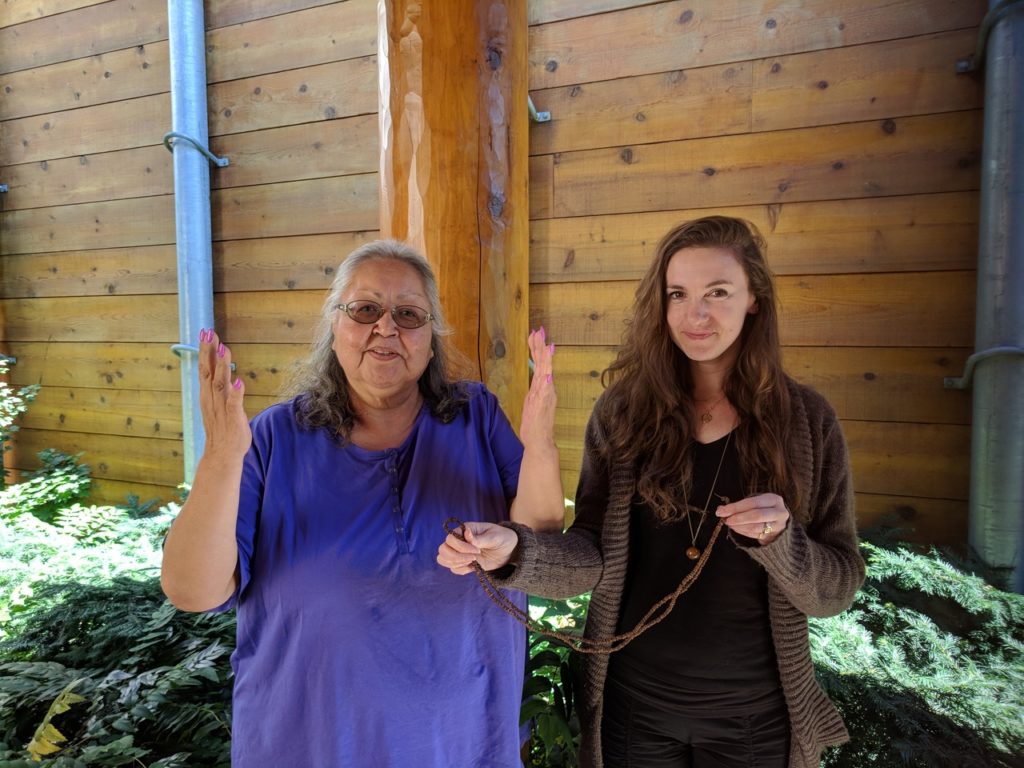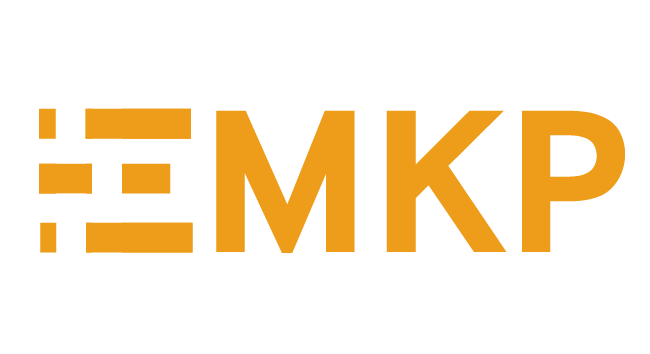In the islands of Melanesia, people have developed extremely complex value and exchange systems that seem to work like currencies. One of the extremely complex versions of these traditional currencies is the shell money of the Banks Islands in northern Vanuatu. A tiny coral atoll called Rowa was the “mint” the central site for the production of shell money, or “som” as it is known locally. Up until sometime in the 19th century, people travelled from hundreds of miles away to to trade pigs, yams, and other significant items for these shells. While som is still used for customary rituals and exchanges, the practice of producing new strings of shell money was thought to have died out. But an Australian researcher and two ni-Vanuatu community leaders have recently found small pockets of people in the Banks Islands still producing som.
Together this team will conduct new empirical research on the production, use and value of shell money and the knowledge system that makes it such a complex form of currency. Through culturally led practice and using a hybrid of digital and paper documentary technologies the team will generate new understandings of this fascinating system and prioritise new ways of valuing the practice of shell money exchange. Notions of trust and value are informing the ways that our world is transacting. Traditional currencies like shell money in northern Vanuatu, remind us that we are coming full circle: was shell money the original crypto-currency.
Goal 1. Survey domestic and international museums/galleries. Establish what exists in collections. Identify materials related to Banks Islands som.
Goal 2. Survey and document the material practice of som production in the Banks Islands.
Goal 3. Investigate and document the knowledge system that underpins the production/use/exchange/value of som in the Banks Islands

Member of the Tulalip receiving Shellmoney (Photo: Thomas Dick)
PI:
Thomas Dick, Further Arts in Vanuatu
Collaborators:
Sarah Doyle
Sandy Sur
Dely Roy Nalo
Location of Research:
Vanuatu
Host Institution:
Further Arts Vanuatu
